Bloom’s Taxonomy was created in 1956 under the leadership of educational psychologist Dr Benjamin Bloom in order to promote higher forms of thinking in education, such as analyzing and evaluating concepts, processes, procedures, and principles, rather than just remembering facts (rote learning). It is most often used when designing educational, training, and learning processes.
Bloom saw the original Taxonomy as more than a measurement tool. He believed it could serve as a:
common language about learning goals to facilitate communication across persons, subject matter, and grade levels;
basis for determining for a particular course or curriculum the specific meaning of broad educational goals, such as those found in the currently prevalent national, state, and local standards;
means for determining the congruence of educational objectives, activities, and assessments in a unit, course, or curriculum; and
panorama of the range of educational possibilities against which the limited breadth and depth of any particular educational course or curriculum could be contrasted.
The original Taxonomy provided carefully developed definitions for each of the six major categories in the cognitive domain. The categories were Knowledge, Comprehension, Application, Analysis, Synthesis, and Evaluation. With the exception of Application, each of these was broken into subcategories. The categories were ordered from simple to complex and from concrete to abstract. Further, it was assumed that the original Taxonomy represented a cumulative hierarchy; that is, mastery of each simpler category was prerequisite to mastery of the next more complex one.
Lorin Anderson, a former student of Bloom, and David Krathwohl revisited the cognitive domain in the mid-nineties and made some changes. This new taxonomy reflects a more active form of thinking and is perhaps more accurate. Bloom’s Revised Taxonomy improved the usability of it by using action words. The Bloom’s Revised Taxonomy Action Verbs infographic includes some action words that are useful in writing learning objectives.
Via Miloš Bajčetić, Lynnette Van Dyke



 Your new post is loading...
Your new post is loading...



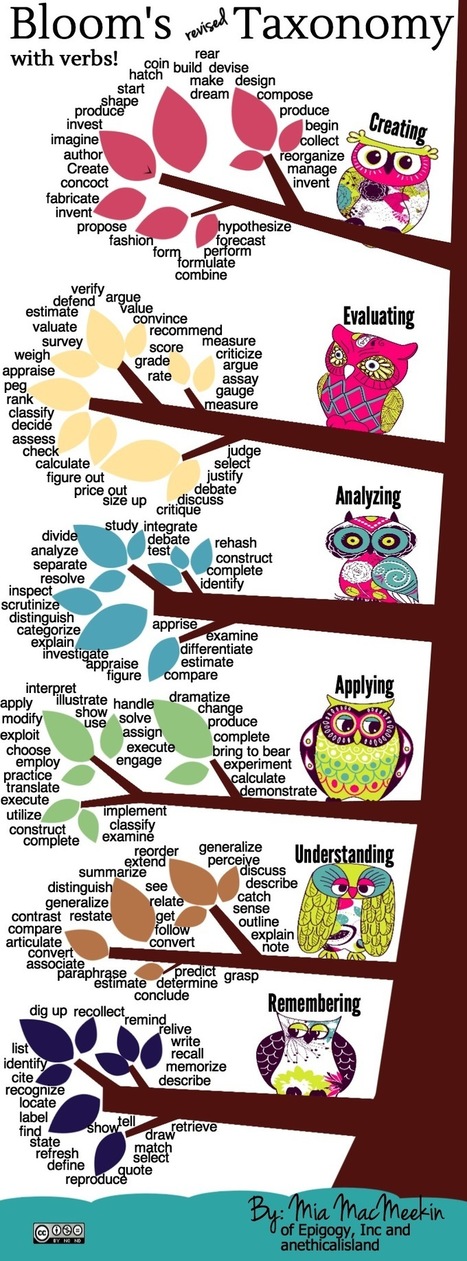


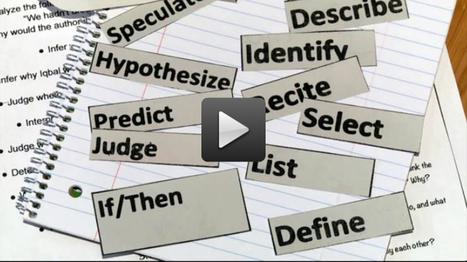

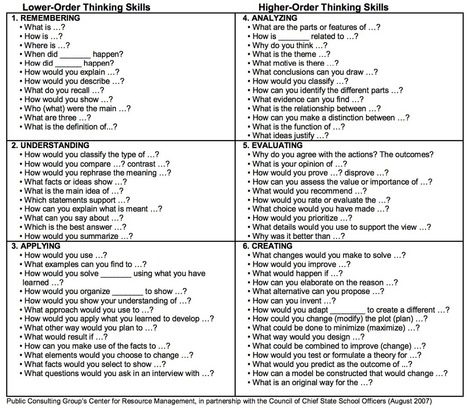

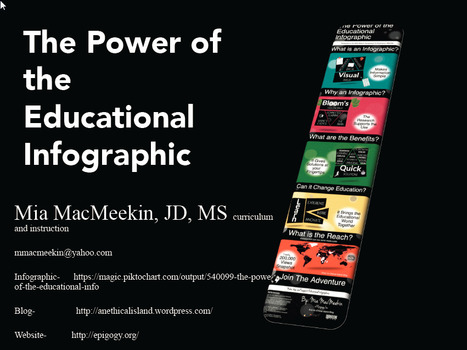
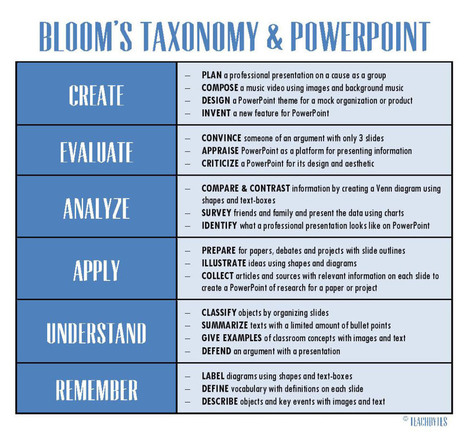








This is a nice chart to share with your teachers.
Very interesting, as I had forgotten about Bloom...